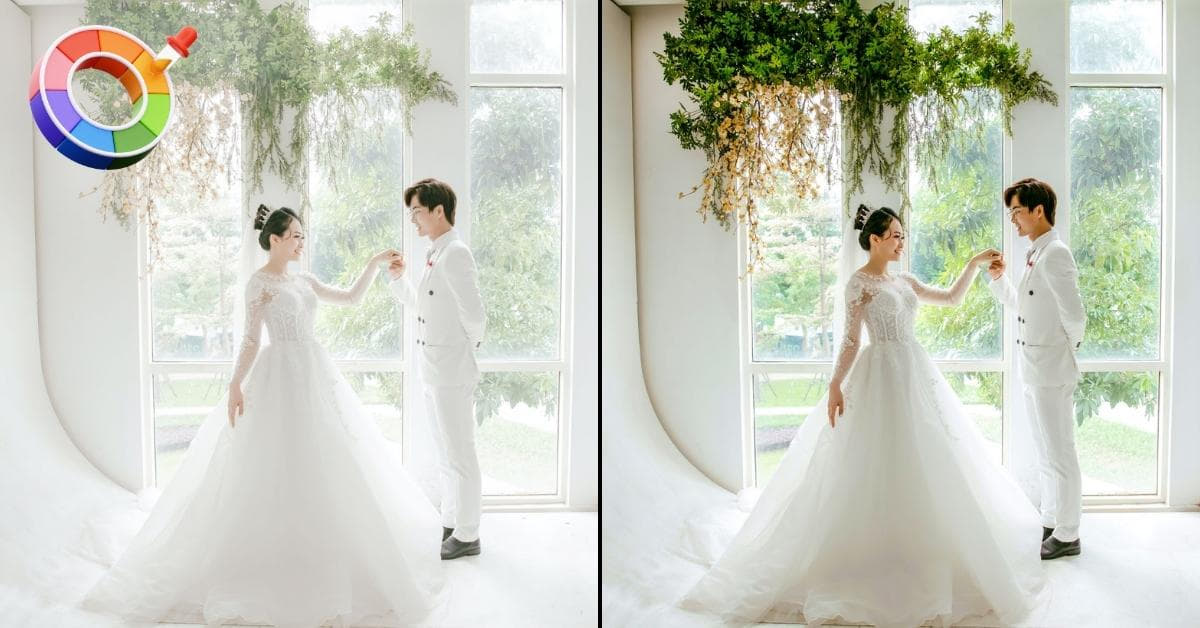Color correction is a crucial aspect of image editing in Photoshop. Whether you’re a professional photographer, a graphic designer, or an enthusiast looking to enhance your photos, understanding color correction techniques is essential. In this guide, we’ll walk you through the process of color correction in Photoshop, from the basics to advanced tips.
What is Color Correction?
Color correction is the process of adjusting and fine-tuning the colors in an image to achieve a desired look. It involves fixing issues like color cast, exposure problems, and color imbalance to make your photos visually appealing.
Basics of Color Correction
- Color Cast Correction: To remove unwanted color casts, use the “Curves” or “Levels” adjustment layers to adjust the color balance in the image.
- Exposure Correction: Adjust the brightness and contrast using the “Exposure” or “Brightness/Contrast” adjustment layers.
- White Balance: Correcting the white balance ensures that whites appear neutral. Photoshop offers the “White Balance” tool for this purpose.
Photoshop Tools for Color Correction
1. Levels Adjustment:
A versatile tool for fine-tuning brightness and contrast.
2. Curves Adjustment:
Provides precise control over the tonal range and color balance.
3. Hue/Saturation Adjustment:
Ideal for enhancing or toning down specific colors in an image.
4. Color Balance:
Adjusts the balance of shadows, midtones, and highlights in your image.
5. Gradient Map:
Maps the colors in an image to create unique effects or correct color issues.
Advanced Techniques
- Selective Color Correction: Target specific colors in an image and adjust them independently.
- Dodge and Burn: Enhance or diminish areas of an image to emphasize or de-emphasize colors and details.
- Color Grading: Apply creative color adjustments to create a specific mood or style in your photos.
FAQs
Q1: Is it necessary to be a professional to do color correction in Photoshop?
No, anyone can learn and apply color correction techniques in Photoshop. With practice and the right guidance, you can achieve impressive results.
Q2: What is the best way to learn color correction in Photoshop?
There are numerous online tutorials, courses, and books available for learning Photoshop color correction. Practice is key to mastering these techniques.
Q3: Can I use Photoshop alternatives for color correction?
Yes, there are other image editing software options available, but Photoshop is widely used and offers a broad range of tools for color correction.
Q4: How can I avoid over-editing my photos during color correction?
To avoid over-editing, use non-destructive adjustment layers, work on a copy of your original image, and periodically compare your edits to the original.
Q5: Are there any shortcuts for color correction in Photoshop?
You can create and use Photoshop Actions to automate repetitive color correction tasks, saving time and effort.
Conclusion
Mastering color correction in Photoshop is a valuable skill for photographers and graphic designers alike. It allows you to transform your images and achieve the desired visual impact. Remember that practice is essential, and with time, you’ll become proficient at enhancing the colors in your photos, making them truly stand out. So, dive into Photoshop and start experimenting with color correction today!
This page was last edited on 15 January 2024, at 9:29 am
